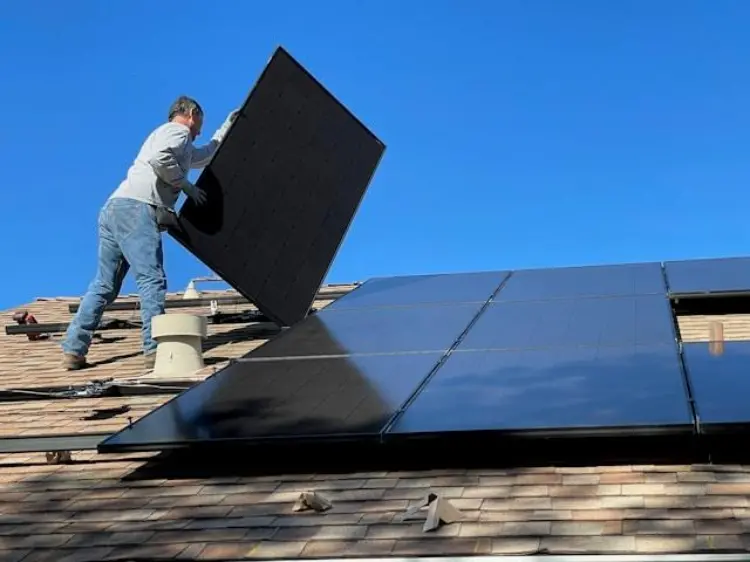Today’s preppers aren’t just stockpiling supplies or building bunkers—they’re making smarter choices about energy use, too.

In a world where grid instability, rising utility bills, and environmental concerns collide, cutting back on energy isn’t just a green decision—it’s a practical one. Reducing consumption means greater resilience, fewer dependencies, and long-term savings.
You don’t need to live off-grid to start thinking like a modern prepper. Whether you’re prepping for a blackout, economic downturn, or just want to be more self-reliant, managing your energy use is a powerful place to begin.
The first step toward lowering energy consumption is understanding where your power comes from—and how to diversify it. For many preppers, this starts with adding backup energy sources to reduce reliance on the grid.
One of the most effective long-term strategies is installing solar panels. These can significantly reduce your monthly utility bills, and when paired with battery storage, they offer a reliable power supply during outages.
Even small-scale solar kits, like portable solar chargers or panels designed for sheds or tiny homes, can ease the load on your main system.
Additionally, think about ways to store the power you already generate. Battery banks, solar generators, and power management systems let you use electricity more efficiently—especially during peak rate periods or emergencies. You don’t need a full solar array to benefit; even a modest investment in backup systems can add resilience and reduce waste.
Not all energy drains are obvious. Many devices use power even when you’re not actively using them—a phenomenon known as “phantom load.” TVs, microwaves, chargers, and even gaming consoles can pull electricity when in standby mode.
Smart plugs and energy monitors can help track these silent users. Once identified, you can set timers, unplug devices, or group them onto a switchable power strip to shut them down fully when not in use.
Heating and cooling also account for a large chunk of energy use. Programmable thermostats and proper insulation go a long way toward maintaining temperature without overworking your HVAC system. For even more control, consider adding thermal curtains or weather stripping to improve your home’s energy envelope.
As well as using LEDs to save energy, motion sensors, dimmers, and smart bulbs can help automate lighting use. These are particularly useful in areas like basements, hallways, and porches, where lights are often forgotten.
Solar-powered outdoor lighting is another smart option, providing security and convenience without adding to your electric bill.
Water heaters are silent but significant energy users. Traditional tank systems keep water hot around the clock, which can add up fast.
Tankless water heaters, which heat water only as needed, are more efficient and take up less space. They’re also easier to integrate into off-grid or hybrid systems. If a new heater isn’t in your budget, insulating your current water tank and pipes can reduce standby heat loss.
Switching to cold water for laundry, taking shorter showers, and using low-flow showerheads can all reduce the energy tied to water heating without sacrificing comfort.
Being prepared in today’s world isn’t just about what you have—it’s about what you need less of. Reducing energy usage builds resilience, independence, and control over your environment. It’s a form of insurance that pays off daily, not just during emergencies.
By thinking like a modern prepper and making small, consistent changes to how you power your life, you create a foundation that’s stronger, leaner, and far more sustainable in the long run.

Lifting Tools That Boost Productivity in Construction
Safe and efficient material handling is an essential aspect of the construction industry. It is crucial for ensuring that heavier materials are moved quickly, safely and easily and is a big part in keeping project timelines on track.
The Rise and Evolution of the English Premier League in India: 1992 to Today
Since its inception in 1992, the English Premier League (EPL) has grown into one of the most popular football leagues in the world. India, a country where cricket has long reigned supreme, has gradually evolved into one of the EPL’s fastest-growing viewership markets.
Financial Asset Search: How a Private Investigator Can Help You
You suspect money is missing. Accounts do not add up. A judgment sits unpaid. Or a business partner goes silent. That sinking feeling is real. The good news? There is a method to map the money.